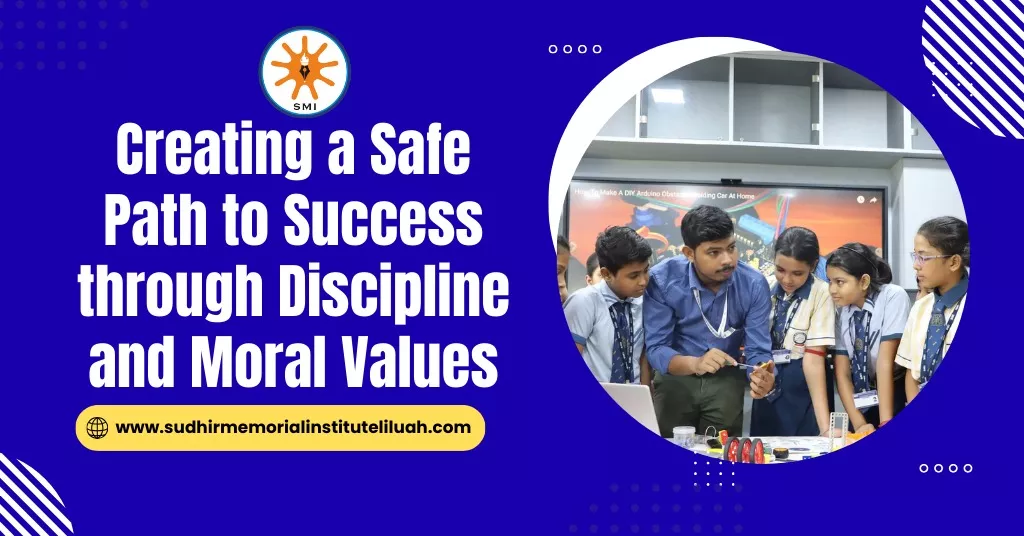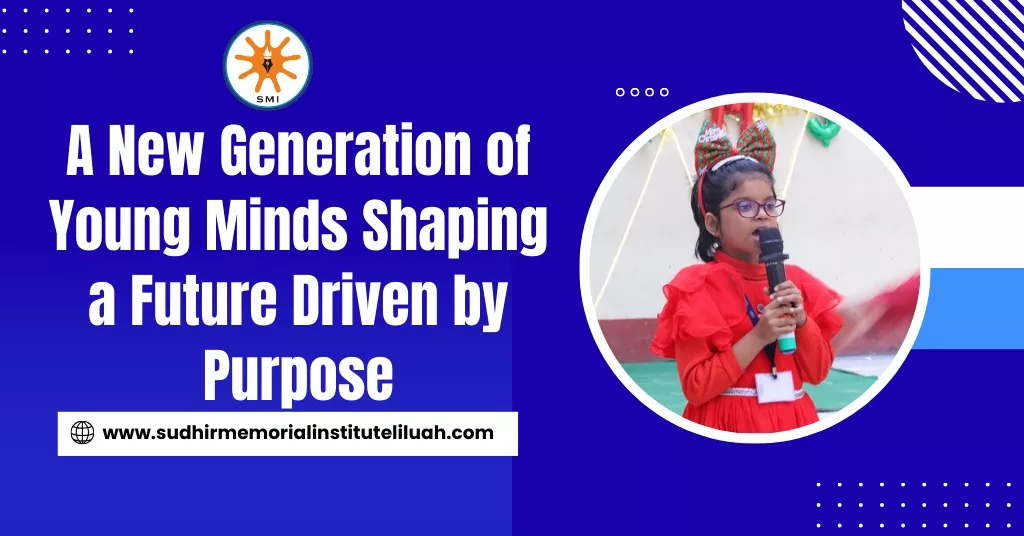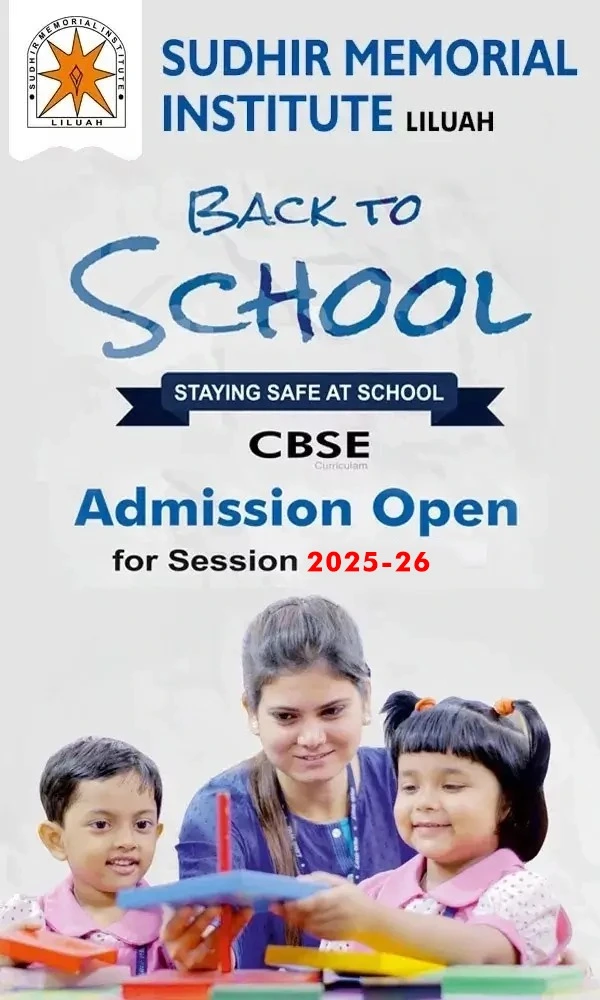Vocational Education & Training (VET) , also known as Career & Technical Education (CTE), is the type of educational practise that prepares students for jobs based on manual or practical activities, which are traditionally non-academic in nature & related to a particular trade or vocation. Sometimes referred to as technical education, it helps develop expertise in particular technologies. It falls under procedural knowledge in contrast to the more theoretical declarative knowledge. This type of education usually taught at the secondary or post-secondary level along with interaction with the apprenticeship system. However it doesn’t usually fall under the traditional definition of a higher education.
As the labour market is becoming more & more specialised & the modern economic system demanding higher & specialised skills, vocational training is becoming an imperative part of our educational system. Previously more of this vocational education was being provided by colleges, but nowadays providing at the school level is becoming a necessity.
Since the beginning of modern India in 1947, there has been several attempts to reform the Indian vocational education system in order to make it more practical based. Efforts were made to make it more market-oriented. It has virtually become a parallel educational system along with the regular courses that is already being provided. Time management and meeting deadlines play an crucial role in a successful vocational course and during the course students usually produce a portfolio of evidence (plans, reports, drawings, videos, placements), which is taken as a demonstration of students’ capabilities for carrying out a job. At the end of the courses, students are usually offered placements in jobs according to their training. Vocational trainings give students experiences, which are related to their jobs- remember that this is what employers look for.
According to a report by National Sample Survey Organization (NSSO) (No. 517, 61/10/03) two types of vocational trainings are available in India: a) Formal and; b) Non-formal.
- Formal vocational training follows a structured training program and leads to certificates, diplomas or degrees, recognized by State/Central Government, Public Sector and other reputed concerns.
- Non-formal vocational training helps in developing some marketable expertise, which enables a person to carry out her/his ancestral trade or occupation. In a way through this non-formal vocational training, a student acquires vocational training through ‘hereditary’ sources. Often ‘Non-formal’ vocational training are also received through ‘other sources. In such scenarios training is generally received by a student to pursue a vocation, is not passed down ancestrally, and is separate from the trade or occupation of his/her ancestors.
Providing Vocational Training in schools is becoming more & more common. Schools provide vocational training formally at 10 and 12th standard. The chart below shows the percentage stake of all major states, providing vocational training in India.

Percentage share of the schools imparting vocational training for some major states
Source: MHRD, Annual Report 2002-03, India Year Book 2008, Manpower profile
It is observed that states like Punjab, Orissa Tamil Nadu, etc. hold up to 79% stake in a number of schools that are currently imparting vocational training. And Maharashtra is the foremost, holding over 16%. Schools play a crucial role in vocational studies because a student can start taking vocational training right from his/her schools days. More & more coverage in schools with proper infrastructure can create a large technical group in the future, which at present is deficient. For those secondary school students who are not intending to move into higher education, vocational courses can be very useful indeed and can be vital for economic development.
What we can interpret from all this, perhaps, is that while there is widespread recognition of the contribution made by vocational education, there is not yet a clear understanding of how this should be organized & applied, how exactly it is best equipped to support wider social and economic objectives, how vocational courses either does or does not support students as they progress to further education in their careers, and what kind of courses really add value. At this time of further labor market changes and economic uncertainties, getting all this right is really important.
In the meantime, vocational education itself keeps on developing & improving with time & is becoming more & more common in schools across India, especially with the active push given by the government of India with projects like “Make In India.” Due to this, some school authorities like those of Sudhir Memorial Institute Liluah, reputed to be the best cbse school in howrah, is actually contemplating with the idea of providing vocational education, which is deemed to be more practical along with the regular courses.





